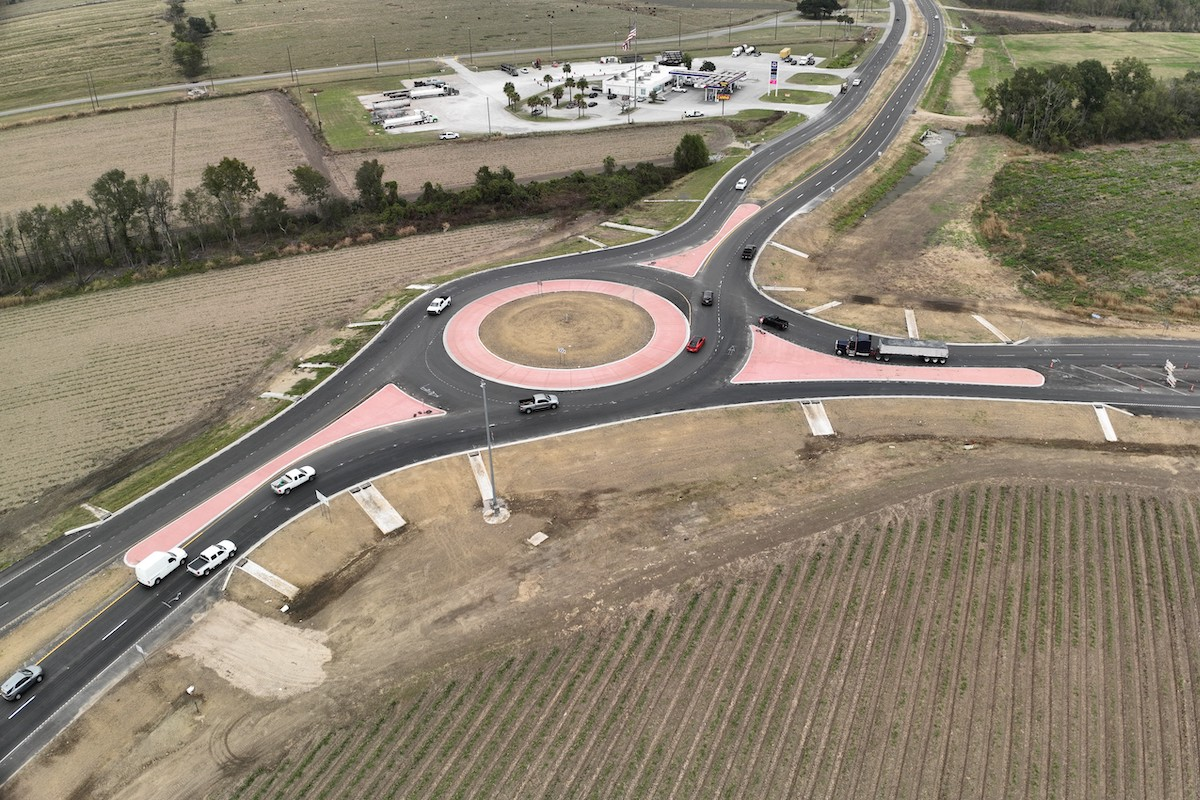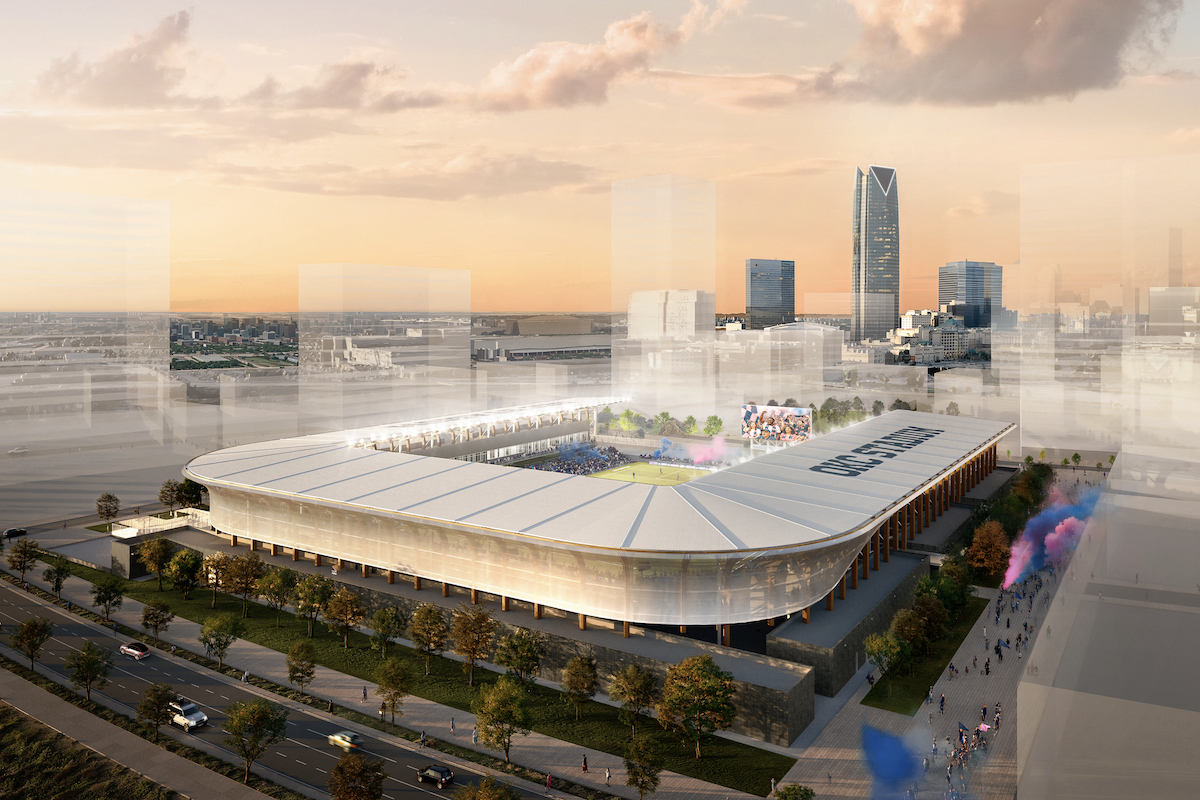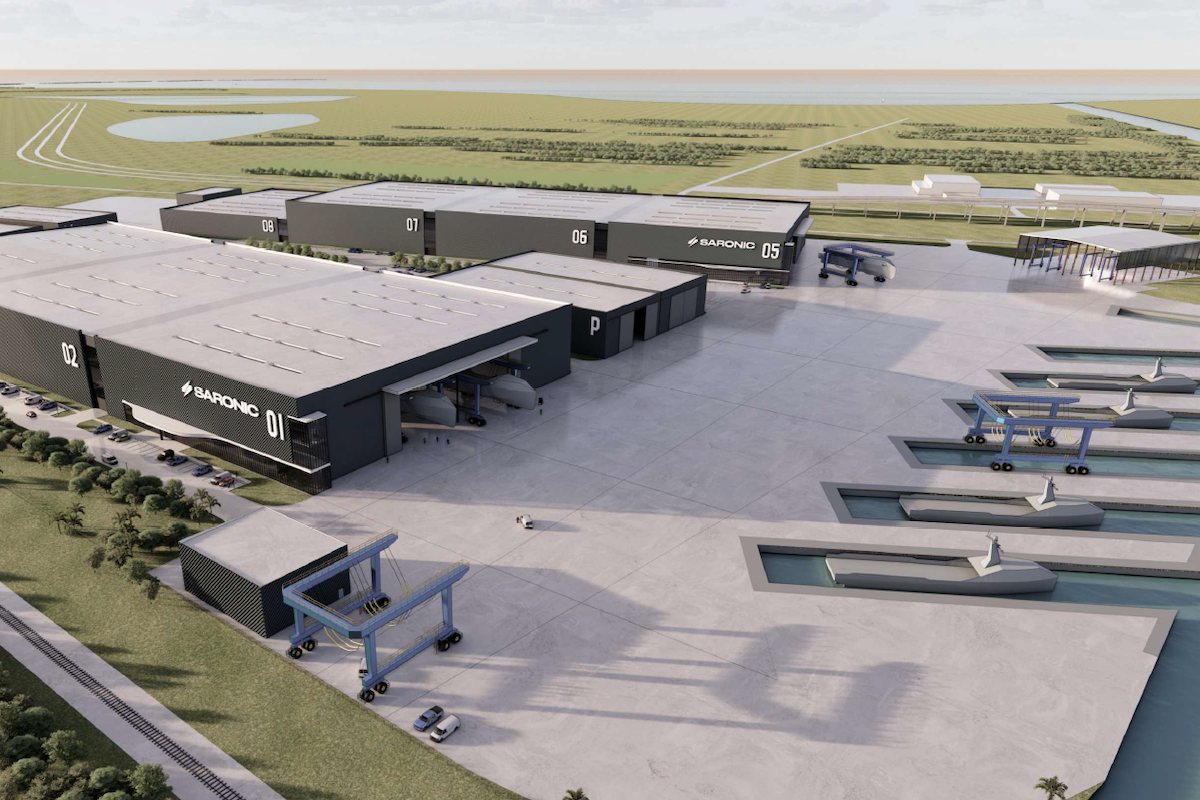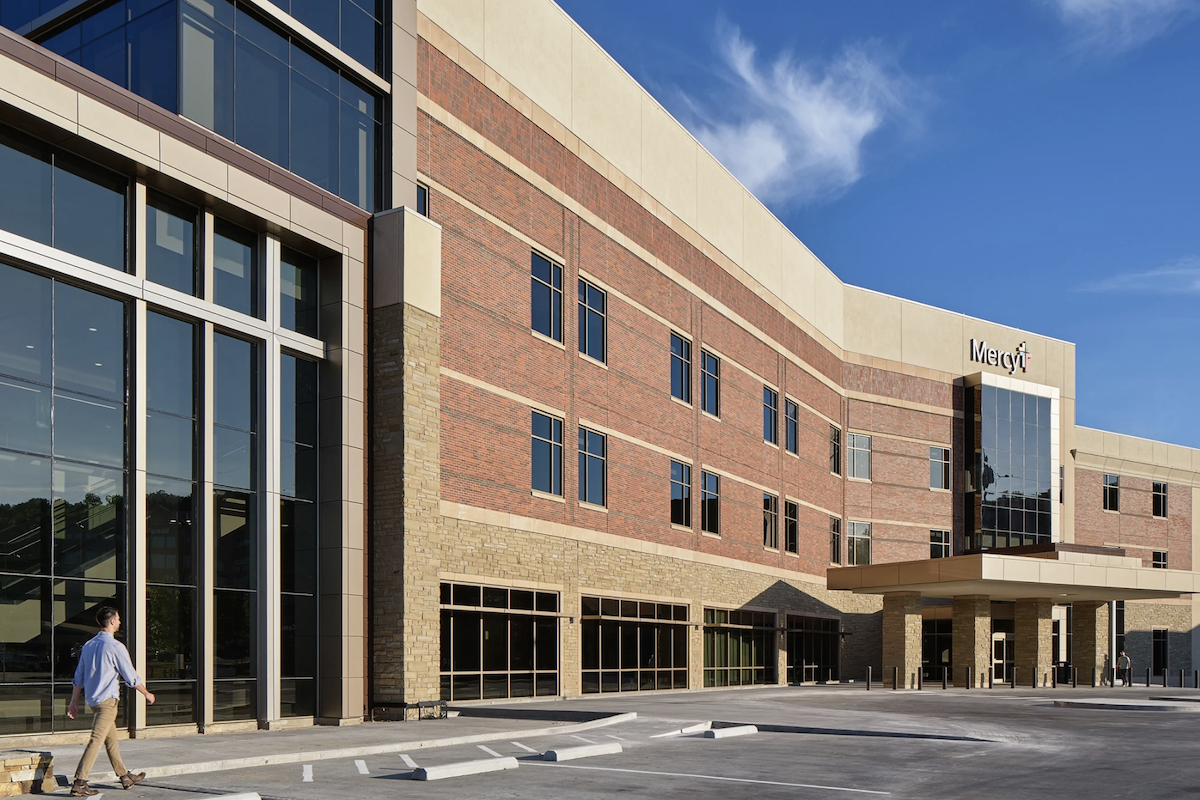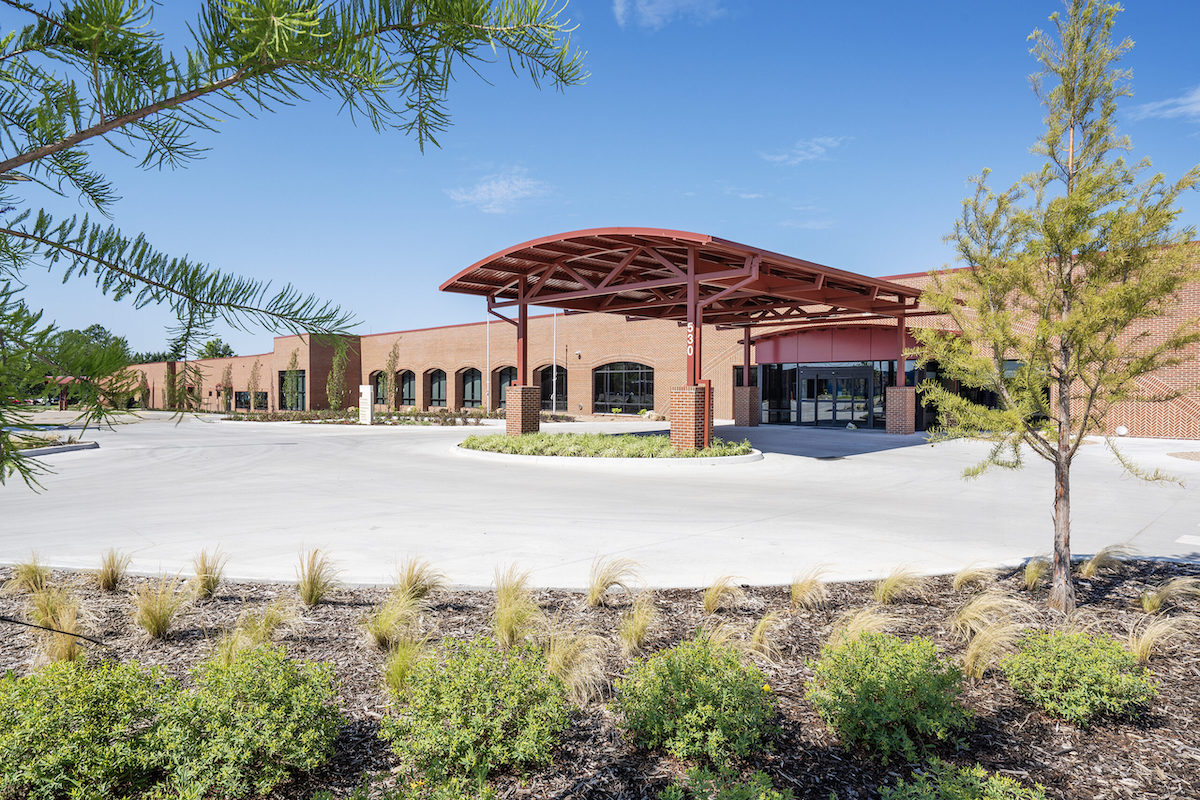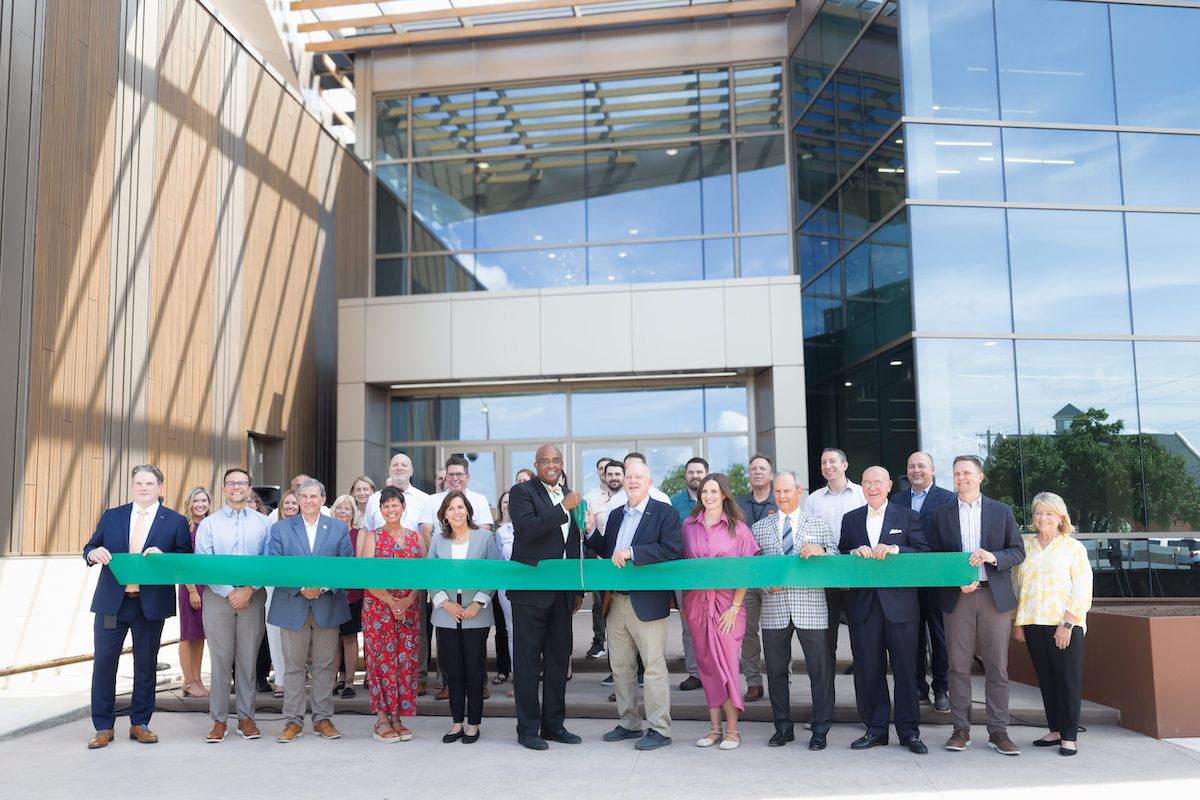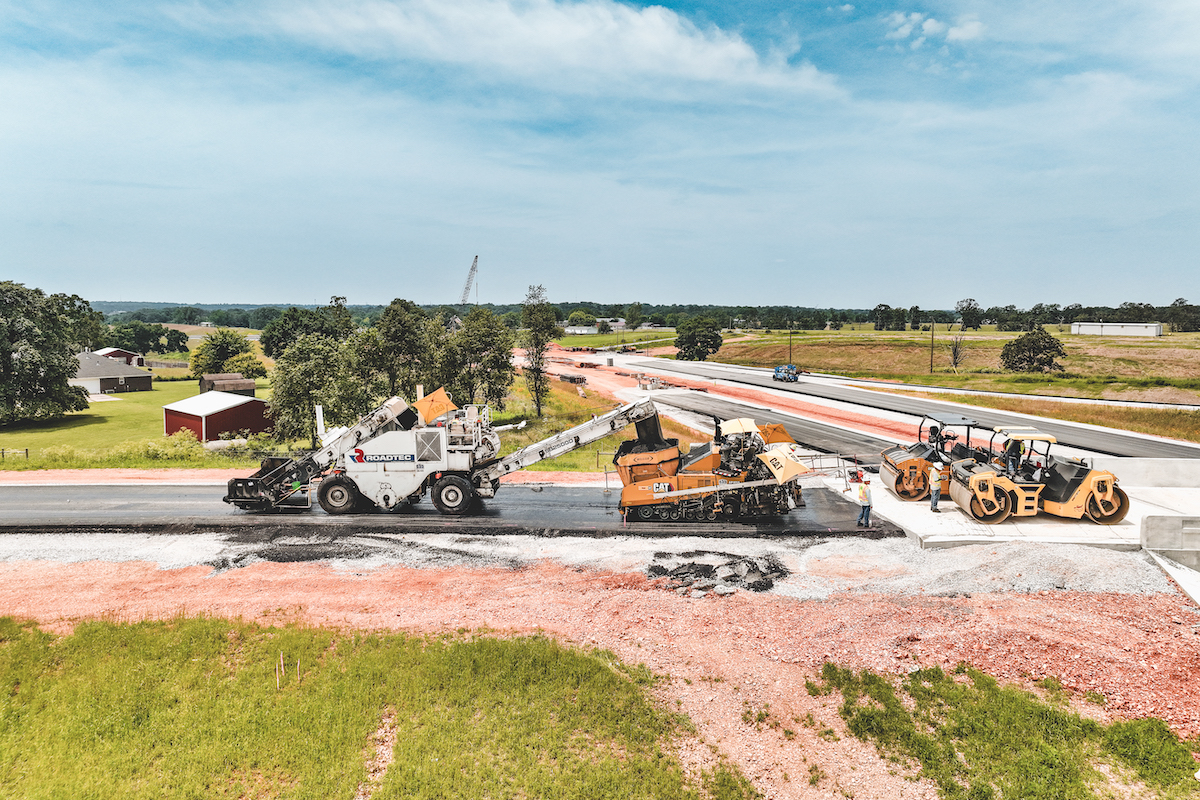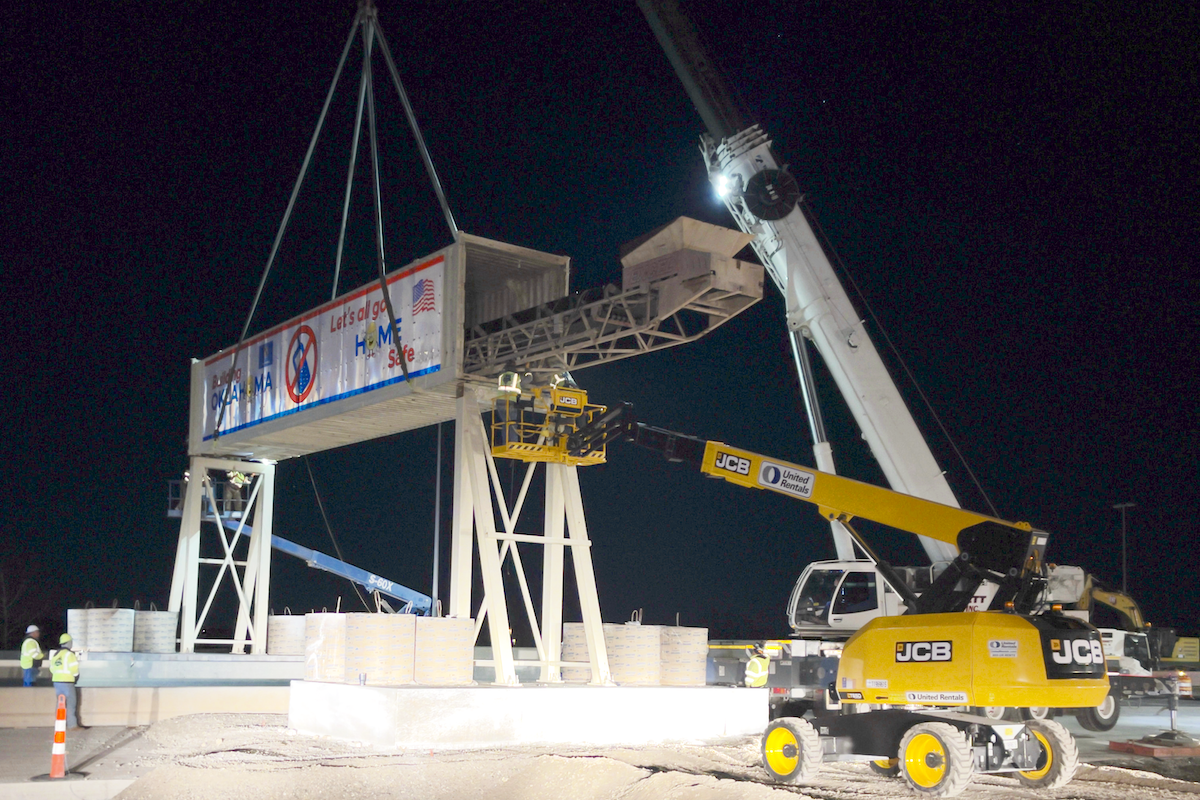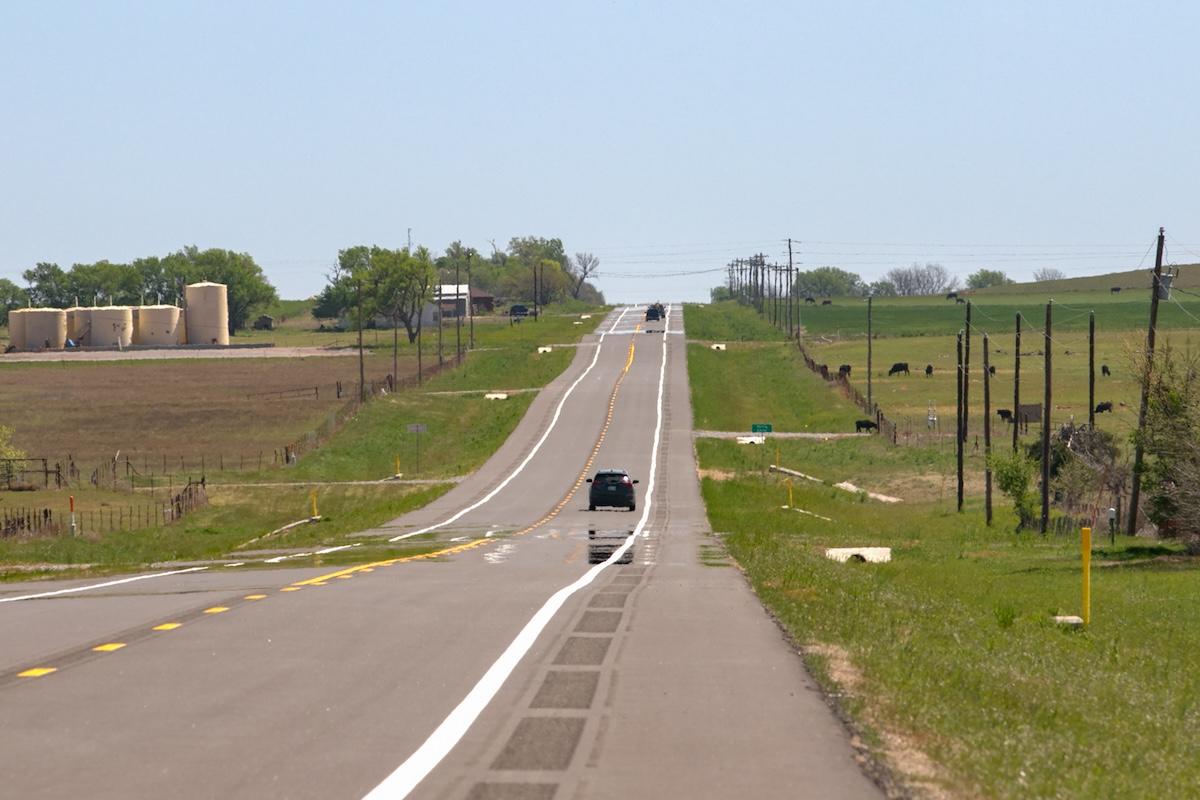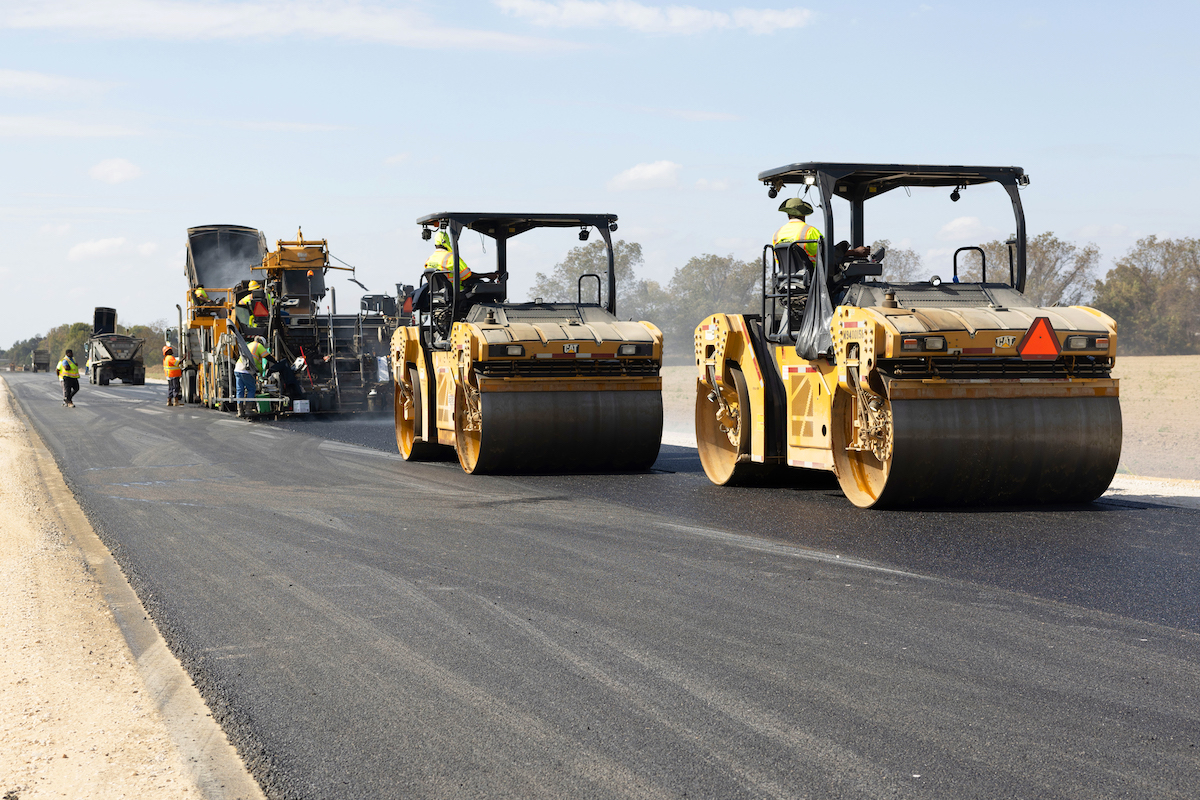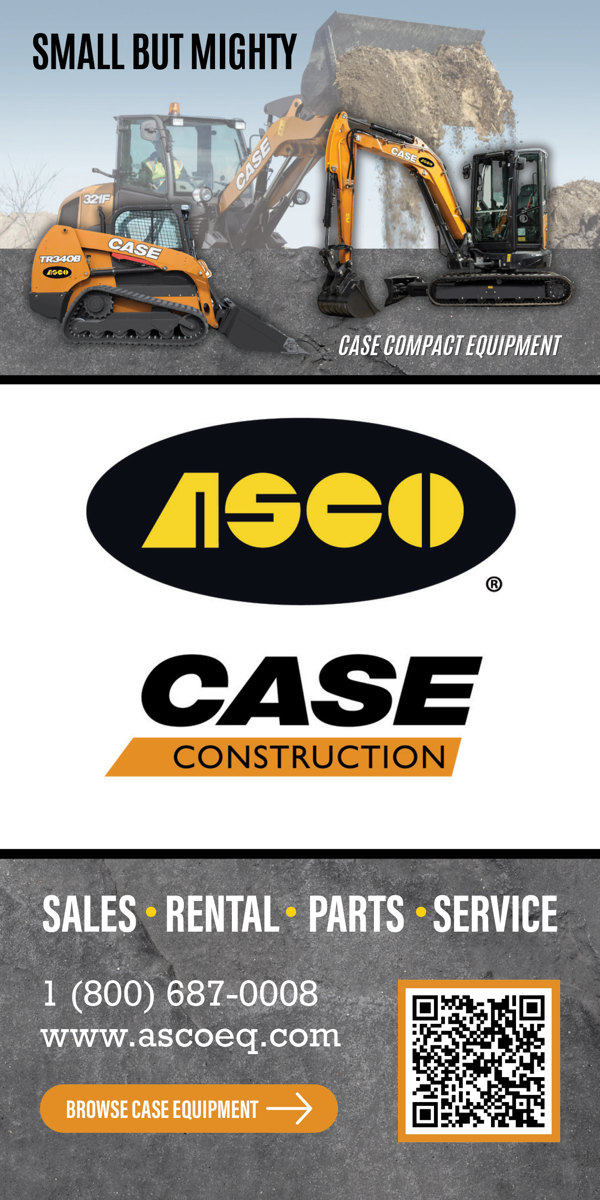Running between Boston and Washington D.C., Amtrak’s Acela high-speed trains travel 457 miles along the Northeast Corridor route, Amtrak’s most popular line. In 2019, 17.1 million annual passenger trips were provided by Amtrak. Other local railroads provided millions more.
Baltimore Penn Station is the third stop on the Northeast Corridor route, if traveling north from Washington, D.C. Originally constructed in 1911, the station is the eighth busiest station on the Amtrak network. Maryland Area Regional Commuter (MARC), a commuter rail system in the area, also runs through Baltimore Penn Station. The Maryland Transit Administration (MTA) operates a light rail system in Baltimore that also runs through Baltimore Penn Station.
Over 3 million Amtrak and MARC passengers move through Baltimore Penn Station annually, and the number is growing. According to an Amtrak press release, Amtrak ridership increased 29 percent in Baltimore, so usage of the old station is expanding.
Over one-third of that investment — $56.5 million — was awarded to Skanska as part of a contract to improve, update, and increase the number of the station’s platforms. Amtrak President Roger Harris said in the press release, “As we work to redevelop Baltimore Penn Station and enhance the customer experience, this new platform will help ease rail congestion and reduce delays on the Northeast Corridor. ... This new platform will help us build future capacity while also improving operational flexibility.”

| Your local Hitachi dealer |
|---|
| CLM Equipment Co |
The project scope includes the demolition and reconstruction (within the original footprint) of Platform 2. The team is also constructing a brand new 1,000-foot-long Platform 5.
Adjacent to the existing station, the new Platform 5 is being constructed on land that was formerly a parking area. The team widened the area to the north to have sufficient space for the outdoor platform. The team is constructing a steel canopy to cover the platform. Skanska constructed a pedestrian bridge from the existing headhouse to a new Platform 5 headhouse.
Both platforms (2 and 5) will have ADA-compliant enhancements with elevator and escalator access. On the existing Platform 2, passengers had to step up to enter (and down to exit) the train. Upon completion of the construction, the platform will be level with the train. The platforms will also have a new canopy. In addition, the team is installing lighting, signage, drain leaders, electrical outlets, video surveillance cameras, and passenger information display systems.
Along with constructing two new platforms, existing Platforms 1, 3, and 4 will be refurbished with architectural elements restored to their original beauty and a new roof will be installed.
“The platforms include historical features, and we’re trying to preserve the look from the era when the station was built,” said Adam Insley, a Skanska Project Manager overseeing all aspects of construction on the site.
Other work includes renovating a headhouse, updating roofing, and the historical restoration of the columns and canopies for each of the platforms.
As per the contract, the major construction elements must be performed during short-duration track outages to not impact passenger service. Since it is not just Amtrak that uses the railroad station, planning outages can be even more challenging.
“There’s lots of coordination required when dealing with outages,” Insley said. “We coordinate with Amtrak, MARC, and the MTA.”
The additional development in the station adds a wrinkle that Skanska has to consider. “There’s no great secret to handling the logistics that are part of a shutdown,” Insley said. “We just try to coordinate everything as far in advance as possible.”
Two particularly challenging incidents have been the setting of an elevator shaft and an escalator truss. The stainless-steel elevator shaft is 8 by 10 feet wide and 40 feet tall. The escalator truss is 40 feet long and weighs approximately 25,000 pounds.
Both elements were assembled off site and arrived at the station fully constructed. The elevator shaft was set in place on pre-installed foundations. The escalator truss — which Insley said was more challenging to place — was first lowered vertically into position due to the geometry of existing platform canopy. The truss then had to be tripped horizontally, while being supported by the crane, to land the truss into its final position.
The team only had a few hours to place each element. The work was completed during a three-hour nighttime (1 to 4 a.m.) outage. “We had to do the work during non-service hours,” Insley said. It took months of planning and coordination to arrange two separate night outages to place the elevator shaft and escalator truss.
Throughout the project, there have been multiple late-night outages. A significant chunk of the work has been done at night and during long weekends. “We do our best to work around the railroad and to ensure train service is not impacted,” Insley said. “There’s no shortage of overtime available on a railroad project.”
Sensitivity to the facility and the structure has also been a priority for the Skanska team. When the team set new precast planks for Platform 2, they were limited due to the low headroom condition of the existing steel canopy girders. The team used a 360-degree telehandler. The full rotation of the upper frame of the telehandler enabled the team to set the 25,000-pound precast planks and not disturb the area.
A final challenge is access to the station. Baltimore Penn Station is in the middle of a crowded urban area. However, there are access roads on all sides of the station. Once the equipment and materials were around the station, the challenge was getting the equipment to the work area.
The project, which began in August 2021, is behind schedule. Platform 5 is substantially complete and came in on schedule. However, the team has run into some unforeseen conditions on Platform 2. “The platform has required design changes due to foundation conflicts, and several steel sections needed to be replaced that we didn’t anticipate,” Insley said. “... It’s not unusual when performing a renovation on a historical station.”
Work on Platforms 1, 3, and 4 will proceed later in 2024.
The unforeseen conditions have also required extra funding. Insley does not yet have an estimate regarding the amount or how much time will be added to the schedule.
Upon completion of the project, Amtrak will be able to better serve its passengers. The new and improved platforms will enable them to increase capacity, accommodate more trains in the station at once, expand train options, and offer improved schedule options.
- Owner: Amtrak
- General Contractor: Skanska USA Civil, New York, New York
- Project Designer: Burns Engineering Inc., New York, New York
- Construction Manager: WSP/Gannett Fleming, Camp Hill, Pennsylvania
- Other Key Contractors: Mona Electric Group, Inc., Clinton, Maryland; Steel Fab Enterprises, Lancaster, Pennsylvania; Otis Elevator, Farmington, Connecticut; Champion Painting Specialty Services, Holtsville, New York






















